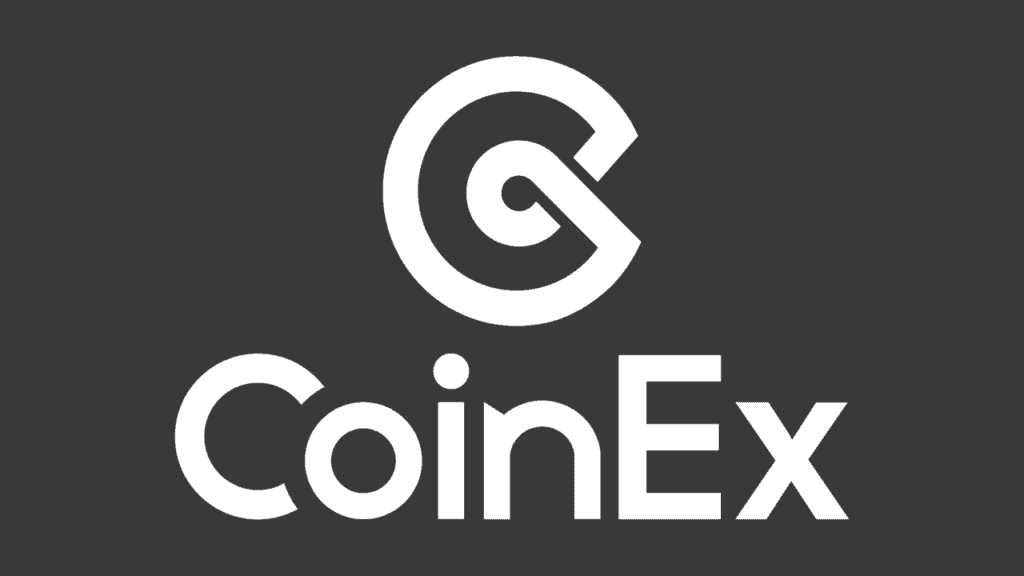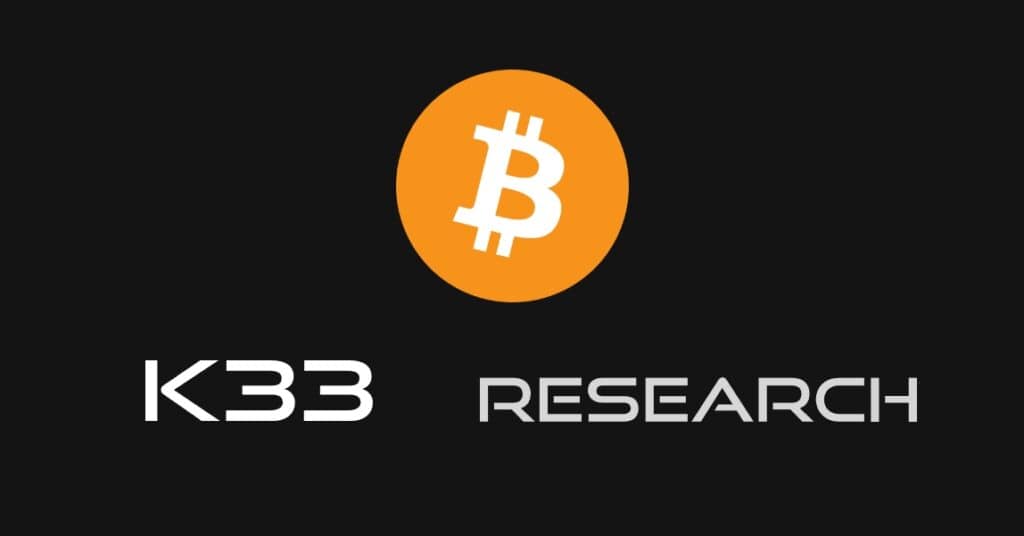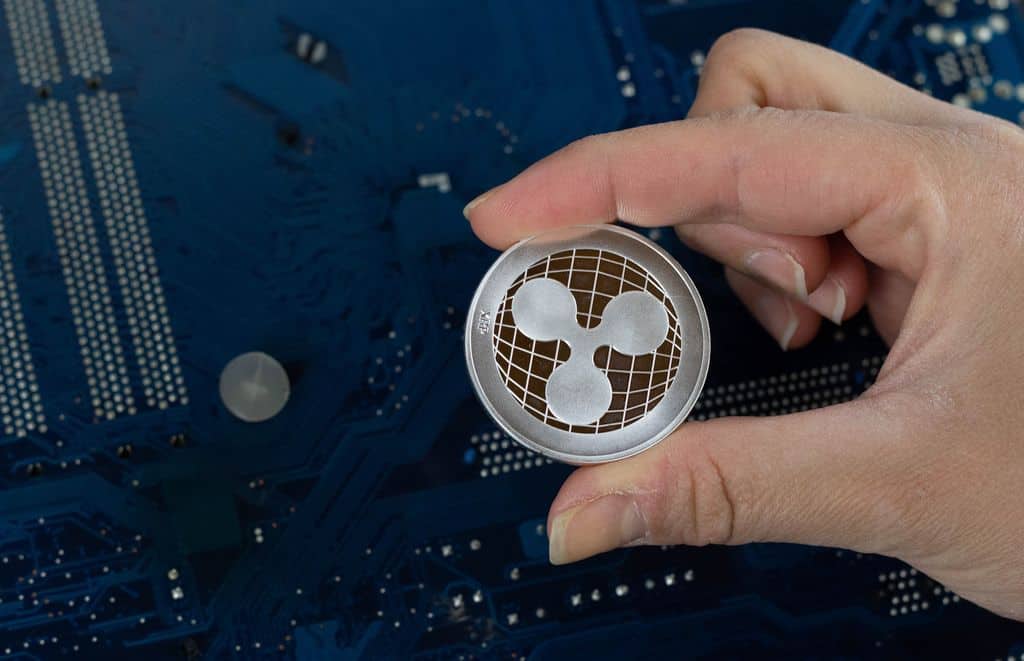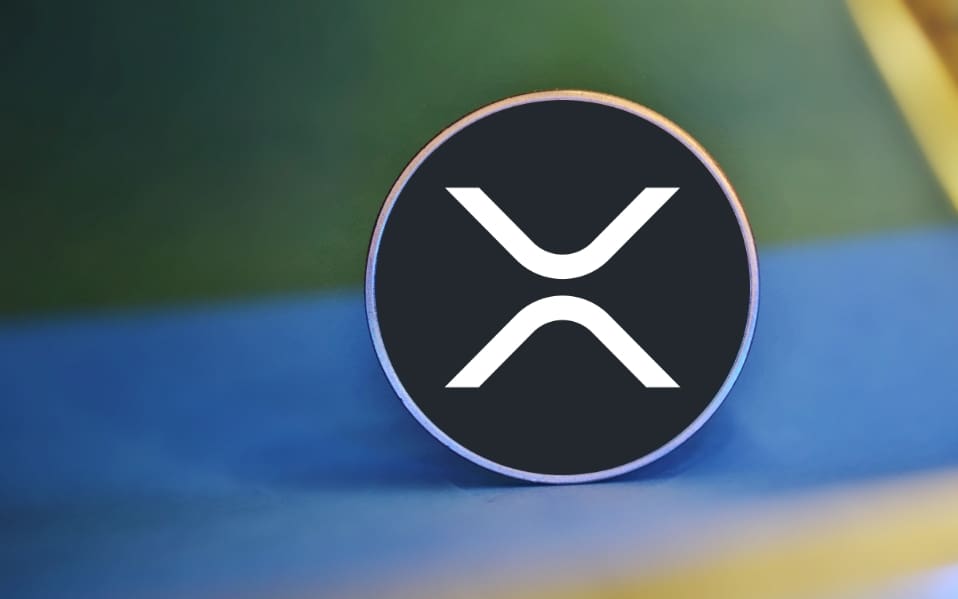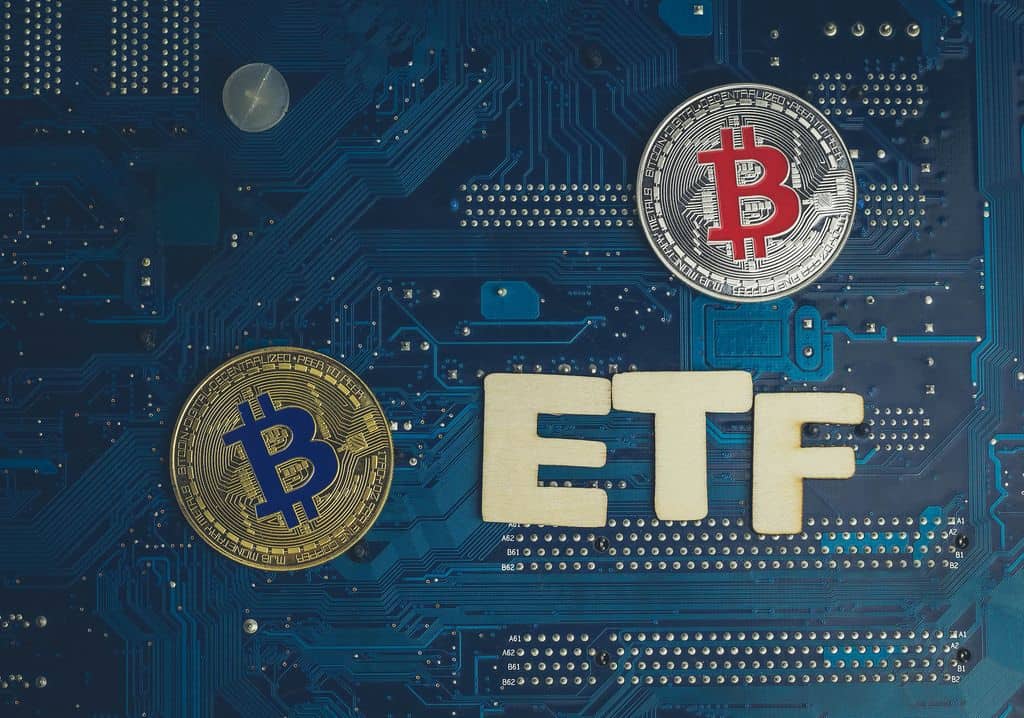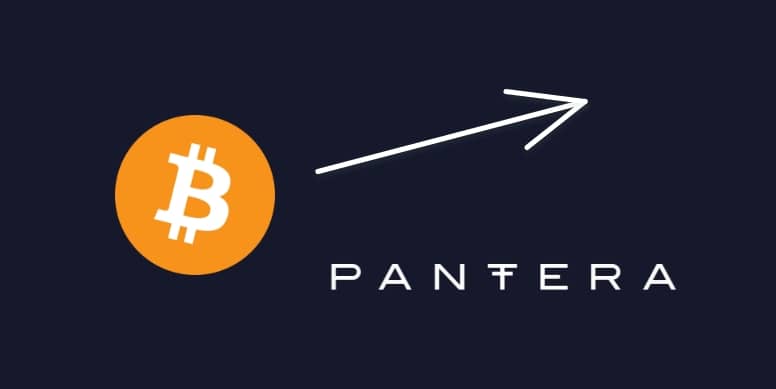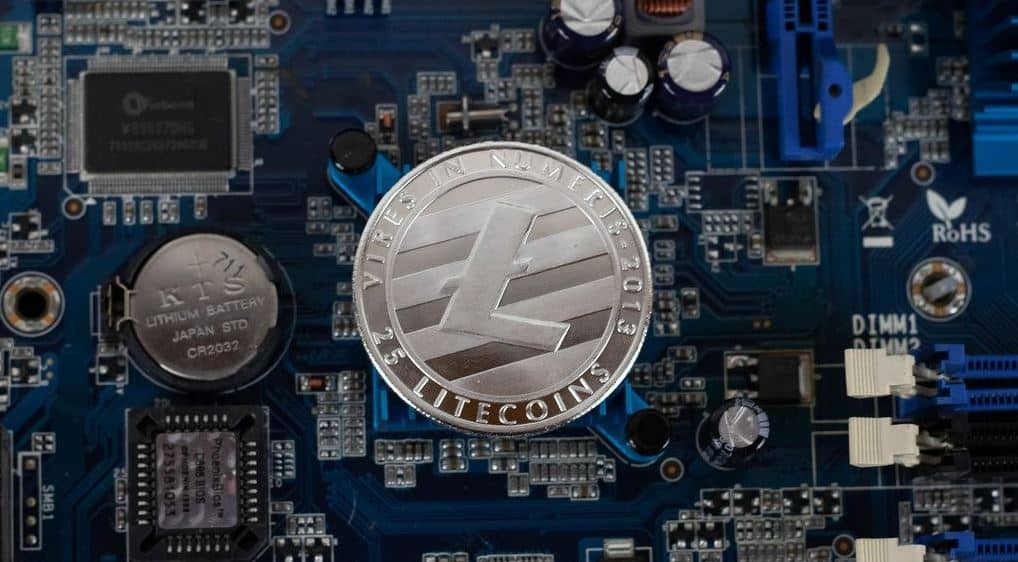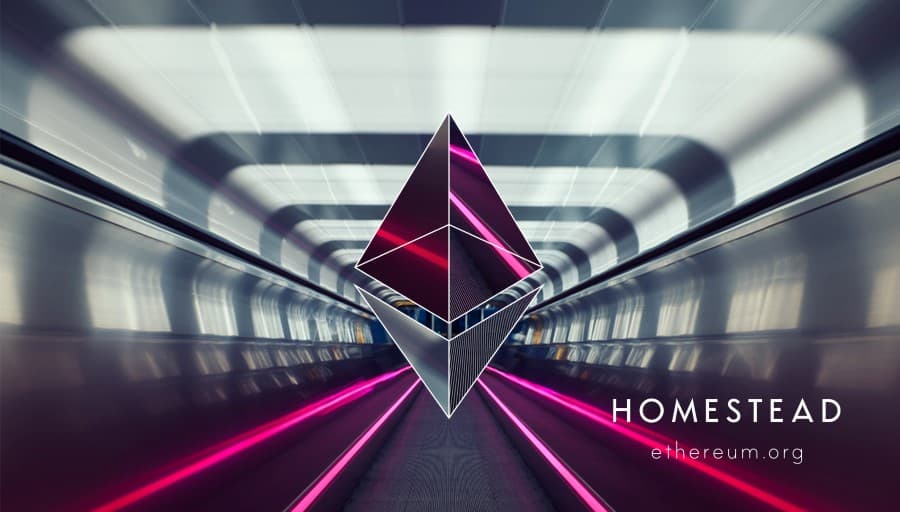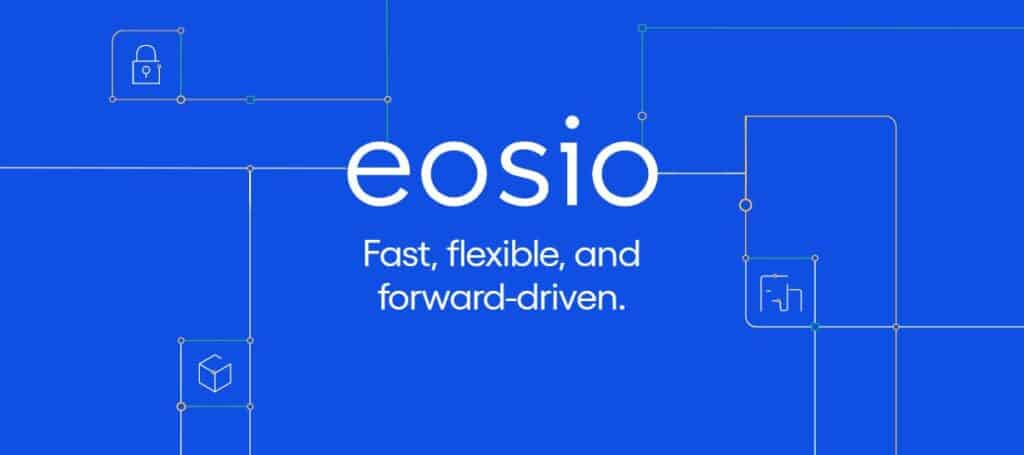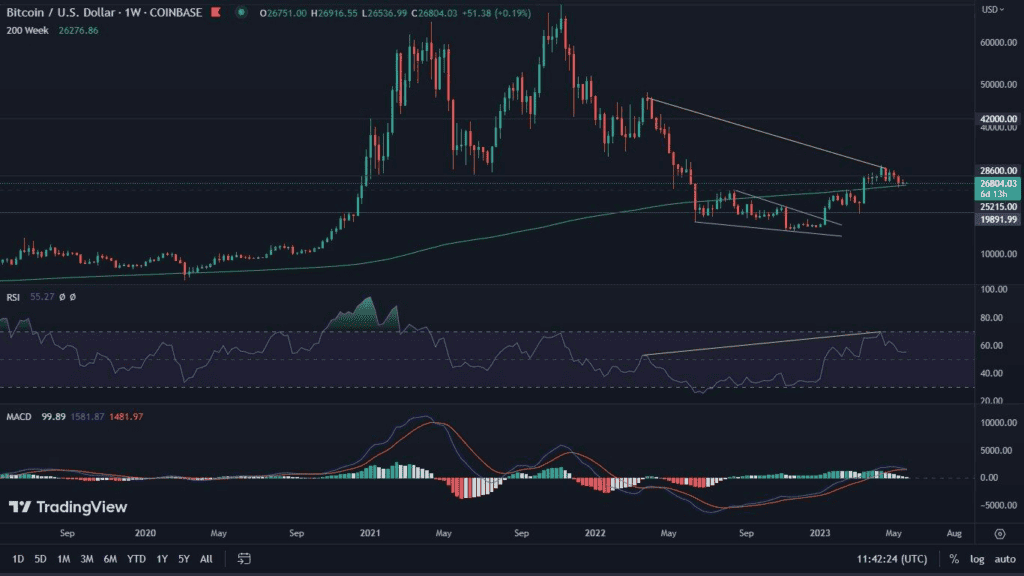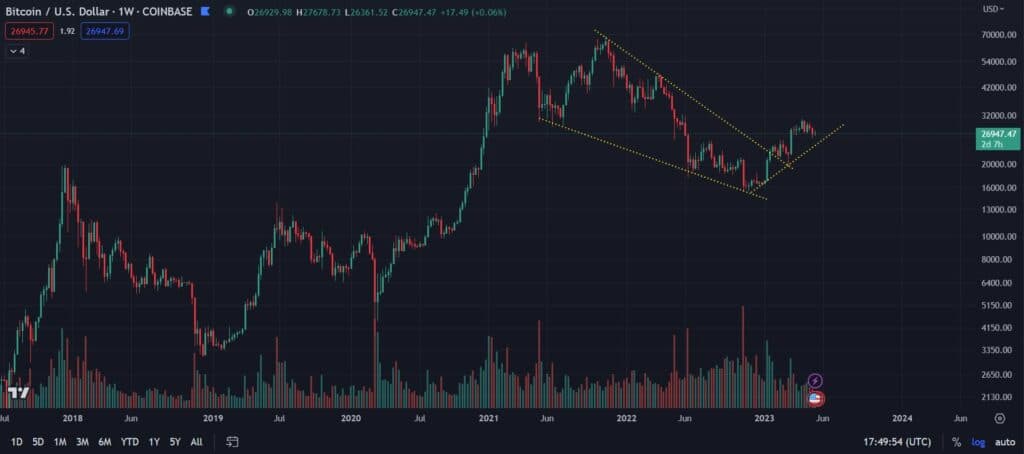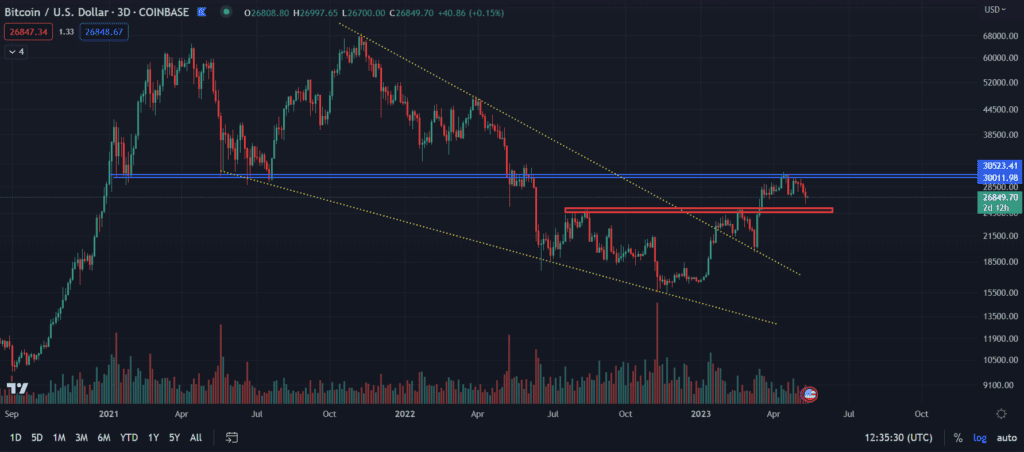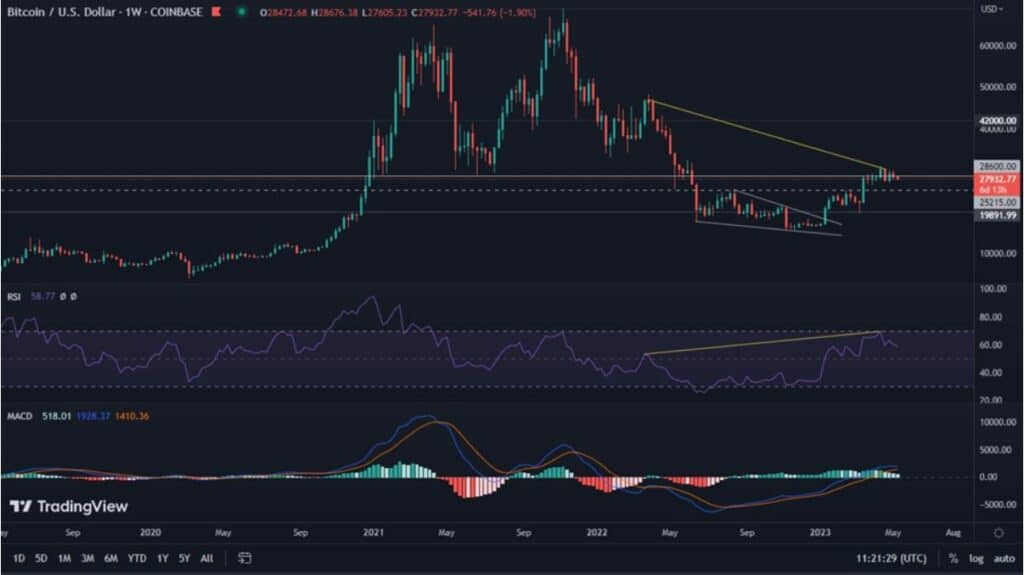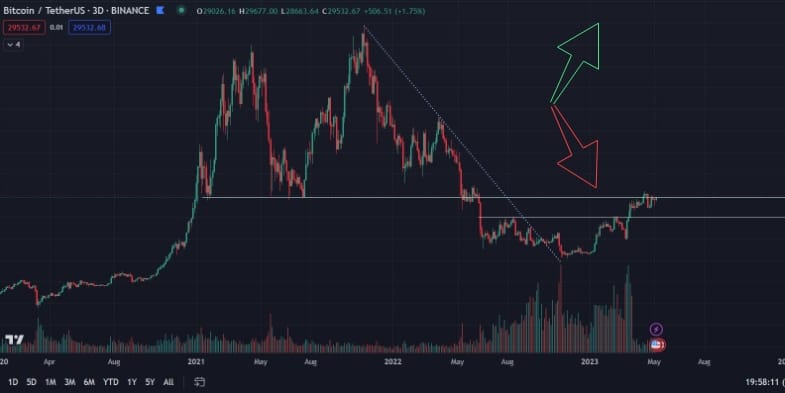As the chained data shows, 90% of Bitcoin is already online. How is it possible that so many have been mined in 12 years, and why will it take another 119 years until the last Bitcoin is acquired?
Another milestone
Analytics tools indicate that on December 13, 2021, there were 18.9 million BTC coins in circulation on the network. This is exactly 90%, of the entire 21 million supply of the first and most popular crypto coin. It took Bitcoin 12 years to reach such a number. Meanwhile, algorithms indicate that it is still nearly 119 years away from mining the last one. This is expected to occur around the year 2140.
At the same time, there are many estimates suggesting that the amount of Bitcoin in actual circulation is even less. This is because many of its owners have lost access to their funds over the years. This number could be as low as 20% of the current supply.
Why wait so long for the last Bitcoin?
Bitcoin operates on a mining consensus that is supported by events called halving. These take place periodically every 4 years or so, or more specifically, every 210,000 BTC blocks. Obtaining Bitcoin is a reward for supporting its network and processing the transactions made in it. Thus, being part of the technology at its inception, when Bitcoin was just taking shape, resulted in profits of around 50 BTC per block. This has changed with successive halving, of which we have experienced three so far. And these were consecutively:
– Halving 1 – November 28, 2012 – reducing the reward per block to 25 BTC,
– Halving 2 – July 9, 2016 – reducing the reward per block to 12.5 BTC,
– Halving 3 – May 11, 2020 – reducing the reward per block to 6.25 BTC.
Taking into account all the above aspects we can see that due to the increasing difficulty of digging, every 4 years or so the reward per block is halved. As a result of the algorithm used, this process will continue until around 2140, when the successful processing of transactions will increase the size of the mining portfolio by less than 0.2 BTC.
The earlier the better
The faith of the first miners in the power of Bitcoin was therefore entitled, in the long run, to make them rich. Not everyone persevered in that faith, however, and as a result, access to many Bitcoins already mined remains unattainable. The extraction technology was easy to use, of course, but it was more difficult to store the dug-up coins safely. Today, things are very different. Wallets for storing digital assets are numerous. You can read about them in the article titled “Crypto Wallets”.
The economics of Bitcoin is such that, with respect to traditional finance, it is based on the opposite assumptions. As money in the market becomes more abundant, Bitcoin in turn becomes scarce in circulation. It is a deflationary asset. There is one basic conclusion from this fact – with the increased adoption we are currently seeing, its price has the right to grow very rapidly, and once it is ubiquitous, we will more often hear about its tenths expressed in Satoshi than about Bitcoin itself.



